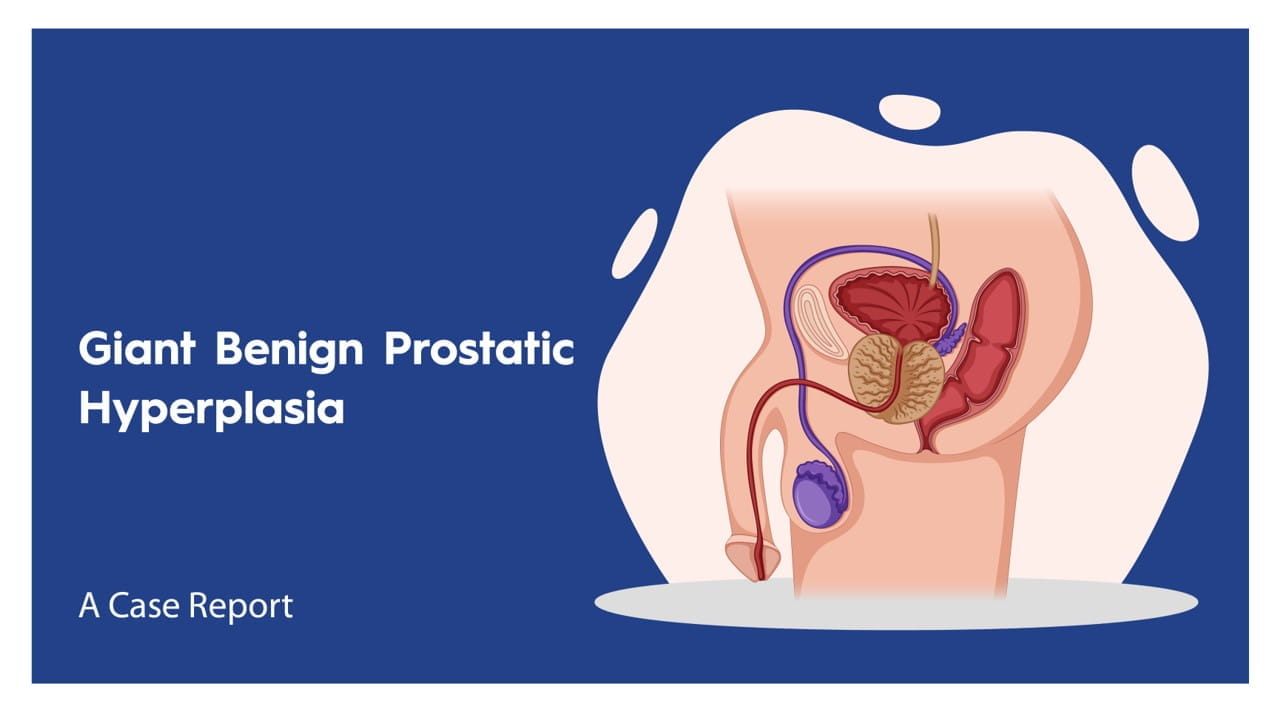SIU 2024: (MC-08) Incontinence Surgery following BPH Intervention
Speaker: Dr. Henry Woo, Australia
Important Takeaways
-
Incontinence Incidence Post-BPH Procedures: Postoperative urinary incontinence occurs in approximately 3% of patients after TURP and may range from temporary to persistent, with incontinence rates generally comparable across monopolar and bipolar TURP.
-
Nucleation Procedures and Higher Incontinence Risk: Procedures like holmium laser enucleation of the prostate (HoLEP) and other enucleation methods have slightly higher rates of incontinence than TURP, with up to 12% experiencing temporary incontinence and 1% developing persistent incontinence.
-
Risk Factors for Incontinence: Age, BMI, prostate volume, PSA levels, and longer surgical time are associated with increased incontinence risk. Anatomical factors, including thinner posterior walls and reduced membranous urethral overlap, are significant predictors.
-
Temporary vs. Permanent Incontinence: Most incontinence cases resolve within 3 to 6 months, but a small subset of men experience permanent symptoms, underscoring the importance of patient counselling on these risks.
-
Experience Matters: High-volume surgical centres report lower incontinence rates, highlighting the impact of surgeon expertise on post-procedural continence outcomes.
Key Highlights
Dr. Henry Woo highlighted urinary incontinence as a measurable risk following BPH surgery, particularly TURP and enucleation procedures, where it may present as transient or persistent. Dr. Woo noted that with improvements in surgical techniques, particularly in TURP since the 1970s and 1980s, modern data provides a more accurate picture of incontinence outcomes today.
Incontinence Rates Following TURP:
A recent systematic review and meta-analysis indicated that transient incontinence occurs in approximately 3% of cases with monopolar TURP and 2.4% with bipolar TURP, while persistent incontinence rates (lasting more than six months) were 1.7% and 1.0%, respectively. The review emphasised that incontinence rates are comparable across both monopolar and bipolar approaches, reflecting improved techniques and equipment.
Enucleation Procedures and Incontinence:
A systematic review of enucleation methods, including holmium, thulium, green-light laser, electrocautery, and simple prostatectomy, revealed higher incontinence rates than TURP. HoLEP, for instance, had a 4% short-term stress incontinence rate, with some cases persisting to the intermediate term (3–6 months). Overall, temporary incontinence rates for enucleation procedures were significant, but persistent rates tended to stabilise at around 1% after six months.
Large Prostates and Incontinence:
An analysis of 2,500 patients undergoing enucleation for larger prostates showed a 10.5% rate of stress incontinence, with no significant difference across prostate sizes (80–100 ml, 100–200 ml, and >200 ml). A notable 16% of those with incontinence took more than three months to recover, with smaller prostates (80–100 ml) showing a slightly higher rate of delayed recovery, though this was not statistically significant.
HoLEP-Specific Data on Incontinence:
HoLEP has been studied extensively, with recent meta-analyses showing an immediate post-surgical incontinence rate of 12%, decreasing to 6% at three months and stabilising at around 1% for permanent incontinence. Despite this low percentage, the volume of HoLEP cases means a measurable number of patients experience lasting incontinence, requiring patient awareness and informed consent.
MRI Predictors of Post-HoLEP Incontinence:
Recent studies have explored MRI-based predictors of incontinence post-HoLEP. Key findings suggest that a thinner posterior wall, the extent of membranous urethral overlap, and the volume of the membranous urethra significantly affect incontinence risk. Specifically, a thickened membranous urethral volume was protective, while a shortened membranous urethral length did not significantly impact outcomes.
Conclusion:
Incontinence after BPH surgery is a critical consideration, particularly in choosing between TURP and enucleation approaches. Understanding the nuances of incontinence risks, including temporary and persistent outcomes, enables clinicians to better inform and select appropriate candidates, optimising care and patient satisfaction. Dr. Woo concluded by emphasising the need for surgical expertise in enucleation procedures and thorough patient education regarding incontinence risks in BPH interventions.
Société Internationale d'Urologie Congress, 23-26 October 2024, New Delhi, India.



